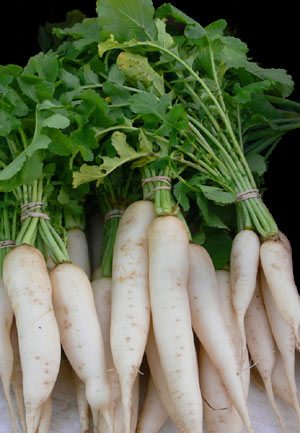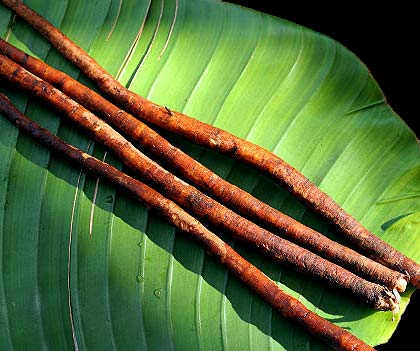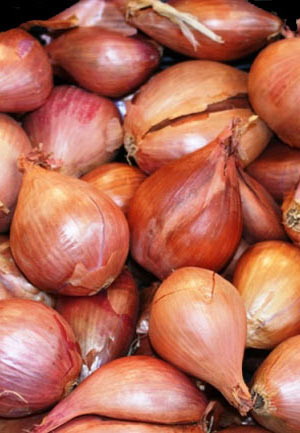|
|
This publication is the Final Report of the project VG 97042 and contains the findings of The aim of the project was to identify Other The following extract describes the potential for new export vegetables for Western Australia, including
Findings : Competition from other countries is a growing concern for the Western Australian export vegetable industry. Unfortunately, this statement is very true for the potential export vegetable, Burdock (Arctium lappa). In the time it took for the research to determine optimum agronomic practices to produce high quality fresh burdock in WA for export to Japan, the fresh market has become uneconomic. Chinese imports into Japan have caused low prices of imported burdock resulting in low returns for fresh export burdock from WA. Initial studies into semi-processed burdock have also indicated that the Japanese market is not viable. Daikon (Raphanus sativus) and Shallots (Allium ascalonicum) were also identified as having export potential for Western Australia. This project has investigated the cultural practices required to successfully grow these vegetables in Western Australia. Desk-top studies have also been conducted on Japanese taro, Japanese yam, Japanese broad bean and Japanese green soybean with initial field trials on Japanese taro.
Conclusions :
Recommendations :
Discontinue further agronomy trials on burdock.
Acknowledgements : The financial assistance of Horticulture Australia Ltd. and AusVeg is gratefully acknowledged, without which the completion of this project would not have been possible. To the technical staff at the Medina Research Station and Manjimup Horticultural Research Institute for maintaining and monitoring the field trials. To the Japanese seed company, Takii & Co. for providing the seed for the burdock trials. To Jane Speijers for assisting in the statistical analysis of the data. Thank you to all the Japanese people we visited during the study tour to Japan and gave us their time and valuable information about burdock and the Japanese market. Also, thanks to Alex Rahmig for compiling together the economic analysis of semi-processed burdock. This project was commissioned by Horticulture Australia Limited and funded by the Vegetable R&D levy and the Western Australian State Government.. The Australian Government provides matched funding for all HAL’s R&D activities. |
||||||
|



